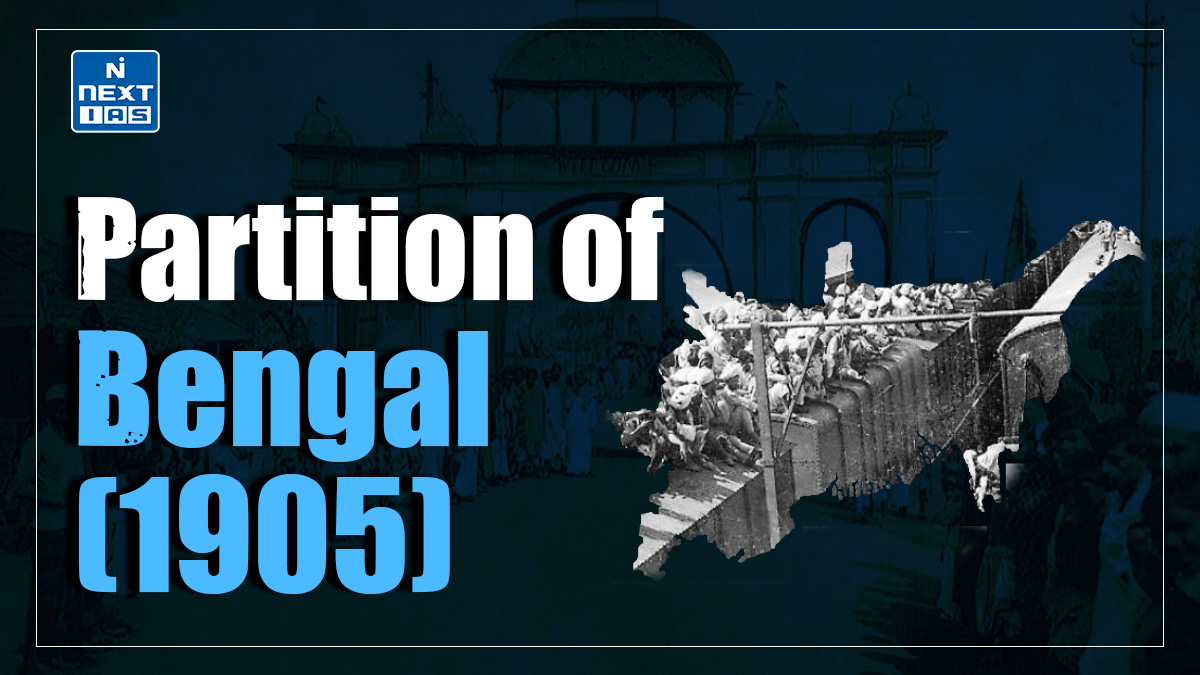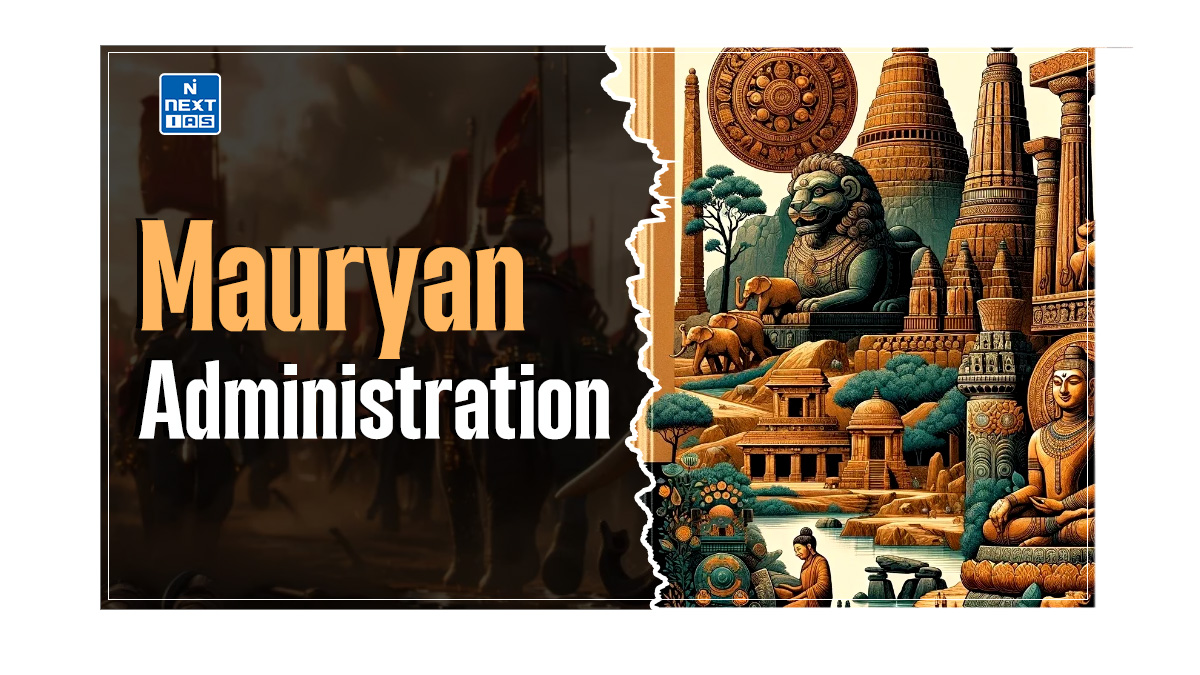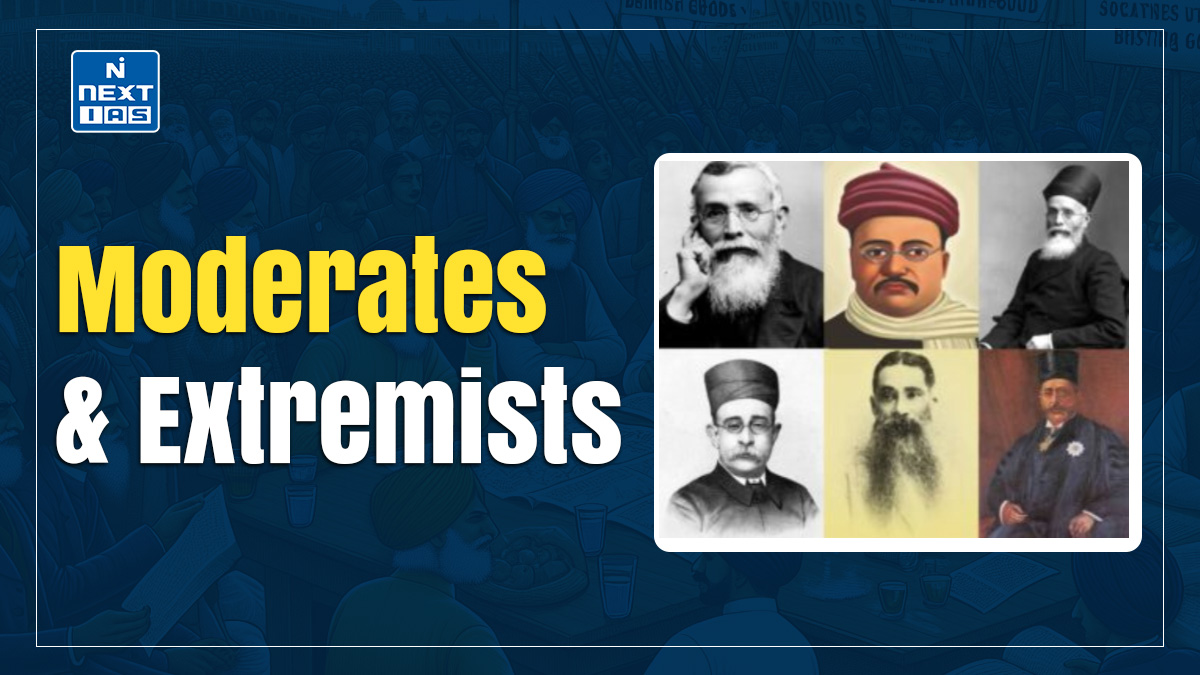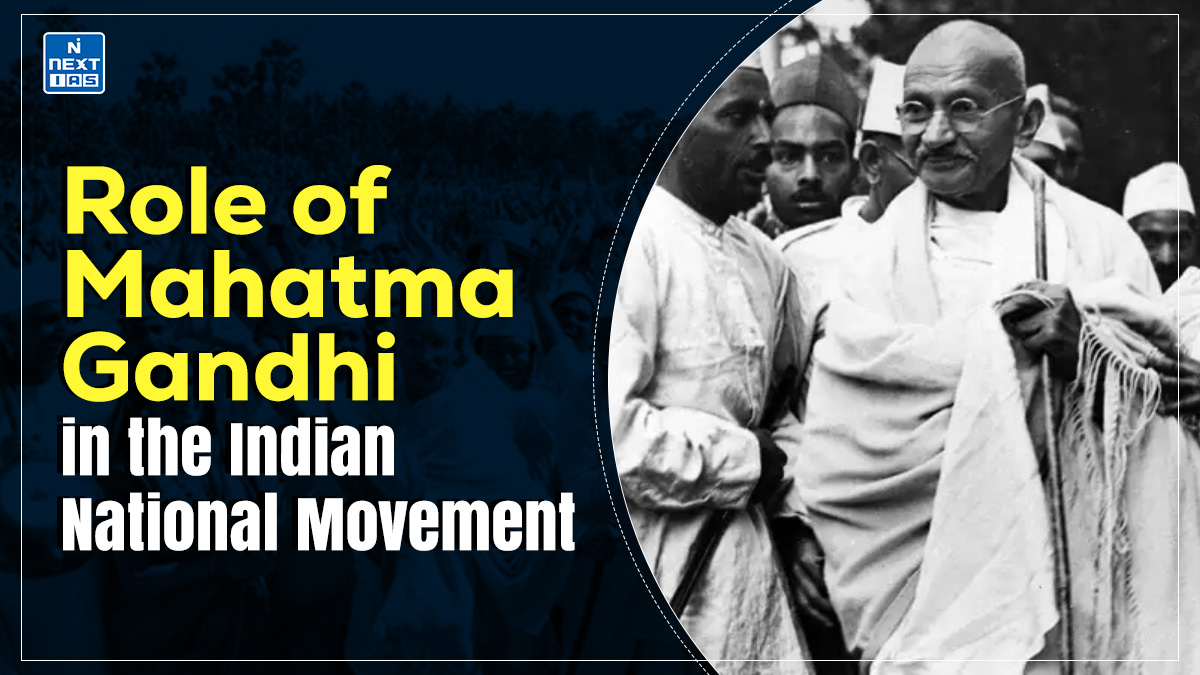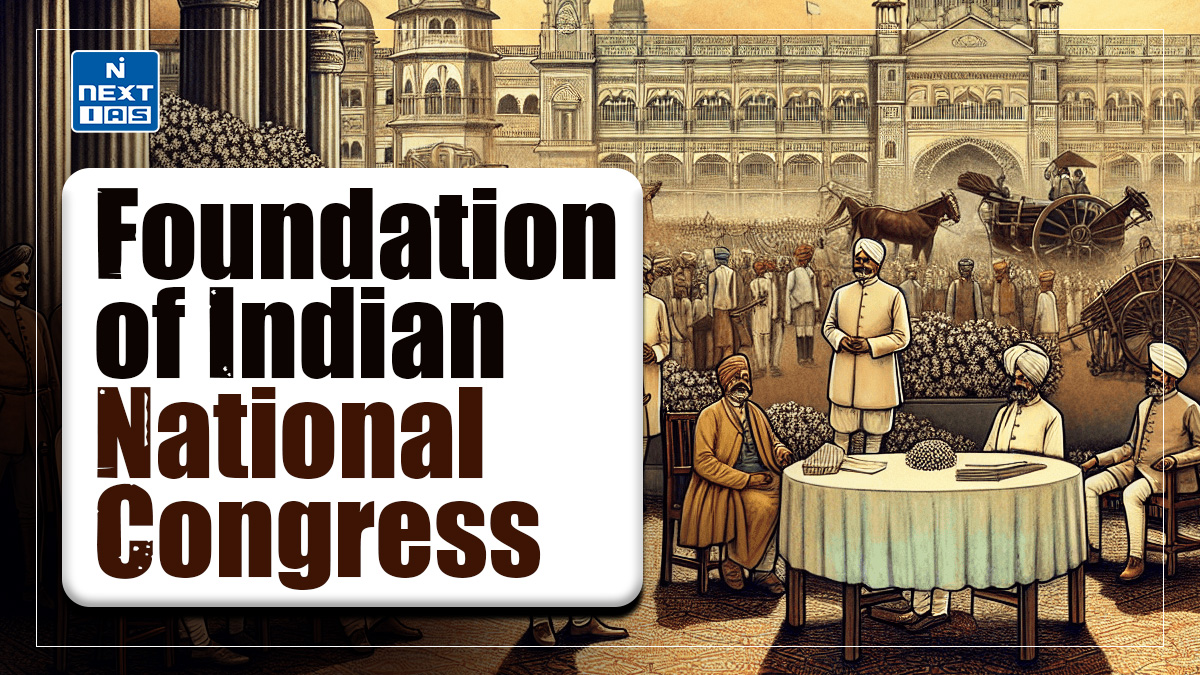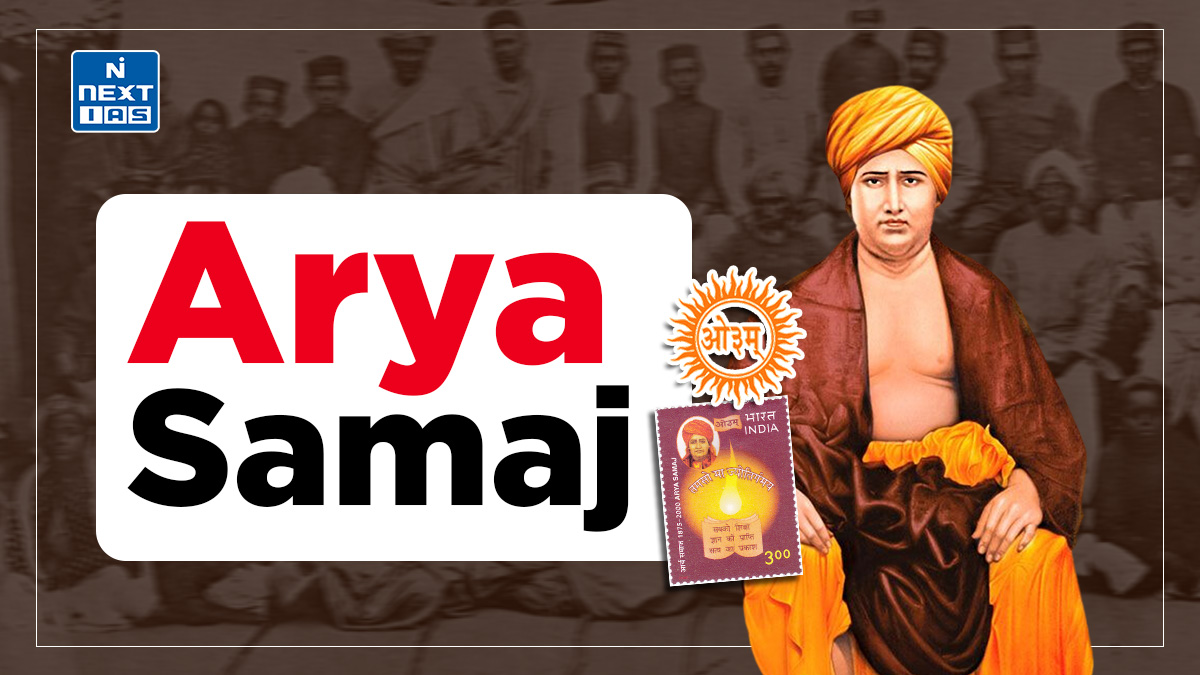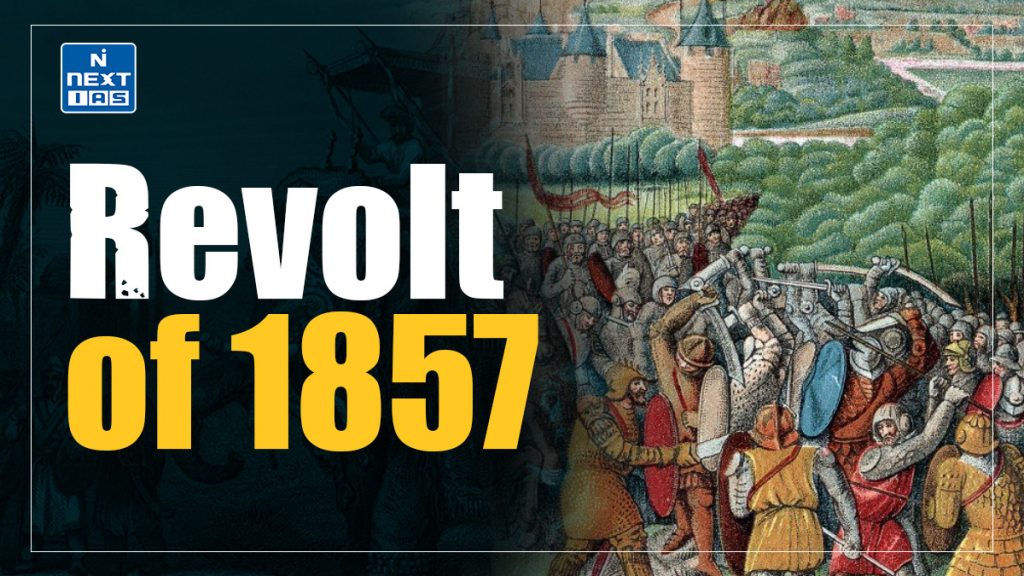
The Revolt of 1857 was a major uprising against British rule in India, initiated by Indian soldiers but later joined by various sections of society. This revolt is significant as it marked the first large-scale attempt to challenge British imperial power and laid the groundwork for future resistance movements. This article aims to study in detail the causes, course, nature, and impact of the Revolt of 1857.
About Revolt of 1857
- The period between 1757 and 1857 saw some sporadic events of both traditional and progressive character, such as tribal revolts, peasant revolts, revolts by deposed rajas, uprisings and rebellions having religious character.
- About 100 years after the Battle of Plassey, a massive revolt occurred in some parts of north India.
- The revolt was more than a mere result of sepoy discontent; it was, in reality, a culmination of colonial rule’s character and policies.
Causes of Revolt of 1857
- The Revolt of 1857, often considered the first war of Indian independence, was fueled by multiple political, economic, social, and military grievances against British rule.
- Politically, the aggressive annexation policies of the British, including the Doctrine of Lapse, led to the loss of sovereignty for many Indian rulers.
- The economic causes of the Revolt of 1857, high taxation and exploitation facilitated by British economic policies, devastated traditional industries and led to widespread poverty among artisans and farmers.
- Socially, the British were seen as a threat to Indian religious practices and social norms, especially with reforms like the banning of Sati and the introduction of Western education.
- The immediate cause was the introduction of the Enfield rifle with cartridges rumoured to be greased with cow and pig fat, which deeply offended both Hindu and Muslim soldiers.
- These factors collectively ignited a rebellion across parts of northern and central India.
Read our detailed article on the Causes of the Revolt of 1857.
Beginning and Spread of the Revolt of 1857
- A young sepoy of the 34th native infantry, Mangal Pandey, killed two British officers on parade at Barrackpore near Calcutta.
- The mutiny started at Meerut on 10th May 1857. The occasion was the imprisonment of 85 sepoys of the 3rd Native Cavalry for their refusal to use the greased cartridges.
- The rest of the Indian soldiers stationed at Meerut mutinied and killed their officers, released the prisoners and set off to Delhi.
Delhi
- In Delhi, Bahadur Shah Zafar was chosen as the symbolic head of the revolt.
- The local infantry of Delhi joined sepoys from Meerut, killed their European officers, including Simon Frazer, the political agent, and seized the city.
- This spontaneous elevation of the last Mughal king to the country’s leadership recognised that the Mughal dynasty’s long reign had made it the traditional symbol of India’s political unity.
- The loss of Delhi was a severe loss of prestige to the English. Within a month of its capture, the revolt spread to different parts of the country.
- The entire Bengal army soon rose in revolt, and the revolt spread quickly. Awadh, Rohilkhand, the doab, the Bundelkhand, central India, large parts of Bihar, and the East Punjab all shook off British authority. Local rebellions also occurred in Hyderabad and Bengal.
Kanpur
- At Kanpur, Nana Sahib was the natural choice and the adopted son of the last Peshwa, Baji Rao II.
- He expelled the English from Kanpur, proclaimed himself the Peshwa, acknowledged Bahadur Shah as India’s emperor, and declared himself his Governor.
- Ramchandra Pandurang Tope, famously known as ‘Tatya Tope’, was one of Nana Saheb’s most loyal servants. He took the responsibility of fighting with the British on his behalf.
- He had particular skills, such as guerilla warfare techniques and patriotism, that eventually earned him immense fame.
- A traitor, Mansingh, informed the British about where Ramachandra Pandurang was hiding. He was captured on 7 April 1859 and tried in court.
- Azimullah was another loyal servant and was an expert in political propaganda. Sir Hugh Wheeler commanded the station there and surrendered on June 27, 1857.
Lucknow
- Rebellion broke out at Lucknow on June 4, 1857, when Begum Hazrat Mahal was the leader.
- Her son, Birjis Qadir, was proclaimed the Nawab and a regular administration was organised.
- Helped by the sepoys at Lucknow and by zamindars and peasants of Awadh, the Begum organised an all-out attack on the British.
- Henry Lawrence, the British resident, the European inhabitants and a few hundred loyal sepoys took shelter in the residency where Sir Henry was killed during the siege.
- Sir Henry Havelock and Sir James Outram’s early attempts to recover Lucknow were unsuccessful.
- Finally, Sir Colin Campbell, the new commander-in-chief, evacuated Europe with the help of the Gorkha Regiment.
Jagdishpur
- In Bihar, the revolt was led by Kunwar Singh, the zamindar of Jagdishpur.
- At 80, he organised the revolt and perhaps was the most outstanding military leader.
- Arrah, Danapur, Gaya, Patna, Muzaffarpur and Shahabad were significant revolt centres in Bihar.
Jhansi
- Rani Laxmibai, originally known as Manikarnika, was born on 19 November 1835 in Golghar, Varanasi.
- She was the most outstanding leader of the revolt at Jhansi. Lord Dalhousie, the then Governor General, refused to allow her to adopt a son to succeed to the throne and annexed the state by ‘Doctrine of Lapse’.
Other Areas
- At Bareilly, Khan Bahadur Khan proclaimed himself the Nawab of Nazim.
- He organised an army of 40,000 soldiers and offered stiff resistance to the British.
- A rebellion had been organised at Banaras, which Colonel Neill completely suppressed. Maulvi Ahmadullah of Faizabad was another outstanding leader of the revolt.
- Once the revolt broke out in Awadh in May 1857, he emerged as one of the acknowledged leaders.
- Maulvi Liyaqat Ali was a Muslim religious leader from Allahabad in Uttar Pradesh.
- Diwan Maniram Dutta was an Assamese nobleman who started revolting in 1857 when the announcement of the last king’s grandson, Dandapeshwar Singh, as king of Assam sparked a rebellion.
- Thakur Kushal Singh of Auwa defeated the joint army of the British and Jodhpur during the revolt of 1857.
- Many, like the Scindia of Gwalior, the Nizam of Hyderabad and Holkar of Indore, actively supported the British during the 1857 revolt.
- Mirza Ghalib was a poet who witnessed the 1857 revolt. He was born in Agra on December 27, 1796, and died in Delhi on February 15, 1869.
Causes of Failure of the Revolt of 1857
The causes of the revolt of 1857 can be seen as follows:
- Localised and Restricted Scope: The revolt was primarily confined to North India, affecting areas like Awadh, western Bihar, and Delhi. Major regions like Sindh, Rajasthan, and southern India saw little to no disturbance, and the armies in Bombay and Madras remained loyal to the British.
- Disciplined British Army and Financial Advantage: The British forces were well-organized, better equipped with advanced weapons like the Enfield rifle, and financially stable.
- In contrast, the rebels, many peasants with outdated arms, struggled with poor organisation and limited resources.
- Feudalistic Character: The revolt had a feudal base, with leaders from Awadh, Rohilkhand, and northern India.
- However, other feudal rulers, such as those from Patiala, Jind, and Gwalior, supported the British, fearing for their interests.
- Lack of Middle-Class Support: Educated Indians, particularly the middle class, largely avoided the revolt due to the rebels’ opposition to certain social reforms.
- Their absence further weakened the rebellion’s reach and influence.
- Absence of Effective Leadership: The rebels lacked a unified leadership and a clear nationalistic goal, resulting in poor coordination.
- Anti-British sentiment was their primary driving force, but their efforts gradually lost momentum without a central command.
- British Use of Communication and Technology: The British took advantage of technological advancements like railways, postal services, and the telegraph, enabling swift communication and coordination.
- This helped them respond quickly to insurgent activities and maintain regional control.
Nature of Revolt of 1857
- The Revolt of 1857, often termed the First War of Indian Independence, was a widespread but uncoordinated uprising against British rule.
- It began as a sepoy mutiny over grievances like the use of greased cartridges and escalated into a broader rebellion involving peasants, landlords, and princely states.
- The revolt was marked by discontent over oppressive policies like the Doctrine of Lapse, heavy taxation, and interference in social and religious practices.
- While some view it as a spontaneous uprising, others consider it a precursor to India’s freedom struggle, reflecting deep-seated resentment against colonial exploitation.
Consequences of Revolt of 1857
- The Revolt of 1857, though completely suppressed, shook British rule in India at its very foundations.
- Though well established by 1857, the techniques of controlling India were confirmed and uniformly acted upon thereafter.
- Tight European control over key civil and military administration positions was maintained.
Changes After Revolt of 1857
- Administration: The Government of India Act 1858, or the “Good Governance Act,” transferred control from the East India Company to the British Crown, formally ending dual administration.
- The Governor-General became the Viceroy, and a Secretary of State for India, responsible to the British Parliament, was appointed to oversee Indian affairs.
- The British assured native princes that their dignity and rights would be respected, acknowledging the Crown’s paramountcy.
- Military: Following the Peel Commission’s recommendations, the British reorganised the army, prioritising “division and counterpoise.”
- European-to-Indian troop ratios were set at 1:2 in Bengal and 1:3 in Bombay and Madras, with policies aimed at balancing native groups against each other.
- Economy: British focus shifted from territorial expansion to economic exploitation as feudal opposition receded.
- A new wave of opposition emerged from progressive Indians influenced by Western liberal ideas, marking the start of economic resistance.
- Society: The revolt intensified racial tensions, with widespread British portrayals of Indians as inferior.
- The “White Man’s Burden” ideology deepened the gap between rulers and the ruled, fostering resentment and racial bitterness.
- The Revolt of 1857 was significant, as it united diverse Indian communities in a shared struggle against British rule.
Significance of Revolt of 1857
- The Revolt of 1857 was a turning point in Indian history. It marked the end of the Mughal Empire and the East India Company’s rule, as power was transferred to the British Crown.
- It exposed the widespread discontent among Indians due to British economic exploitation, social interference, and political domination.
- While the revolt ultimately failed to achieve its immediate goal, it ignited a sense of unity and nationalism among Indians.
- It also prompted the British to adopt policies to placate Indian rulers and elites, reshaping governance to prevent future uprisings.
- The revolt remains a symbol of resistance against colonial rule.
Conclusion
The Revolt of 1857, though ultimately unsuccessful, served as a landmark moment in Indian history. It exposed the inherent weaknesses of British rule in India and underscored the simmering discontent across various sections of Indian society. While it fell short of achieving independence, the uprising symbolised the collective resistance of Indians against foreign domination, leaving a lasting legacy of unity and defiance. This revolt laid the ideological foundation for India’s freedom struggle, inspiring future generations to work toward a more organised and sustained movement against colonial rule, eventually culminating in independence in 1947.
Frequently Asked Questions (FAQs)
What was the immediate cause of the Revolt of 1857?
The immediate cause was the introduction of Enfield rifle cartridges, rumored to be greased with cow and pig fat, offending both Hindus and Muslims.
Who started the Revolt of 1857?
It began with sepoys in the British East India Company’s army, with Mangal Pandey initiating the rebellion at Barrackpore.
What is the Revolt of 1857?
The Revolt of 1857 was a widespread uprising against British rule, seen as India’s First War of Independence, driven by political, economic, and social grievances.
Why did the Revolt of 1857 fail?
It failed due to a lack of unity, poor coordination, absence of central leadership, and British military superiority.
